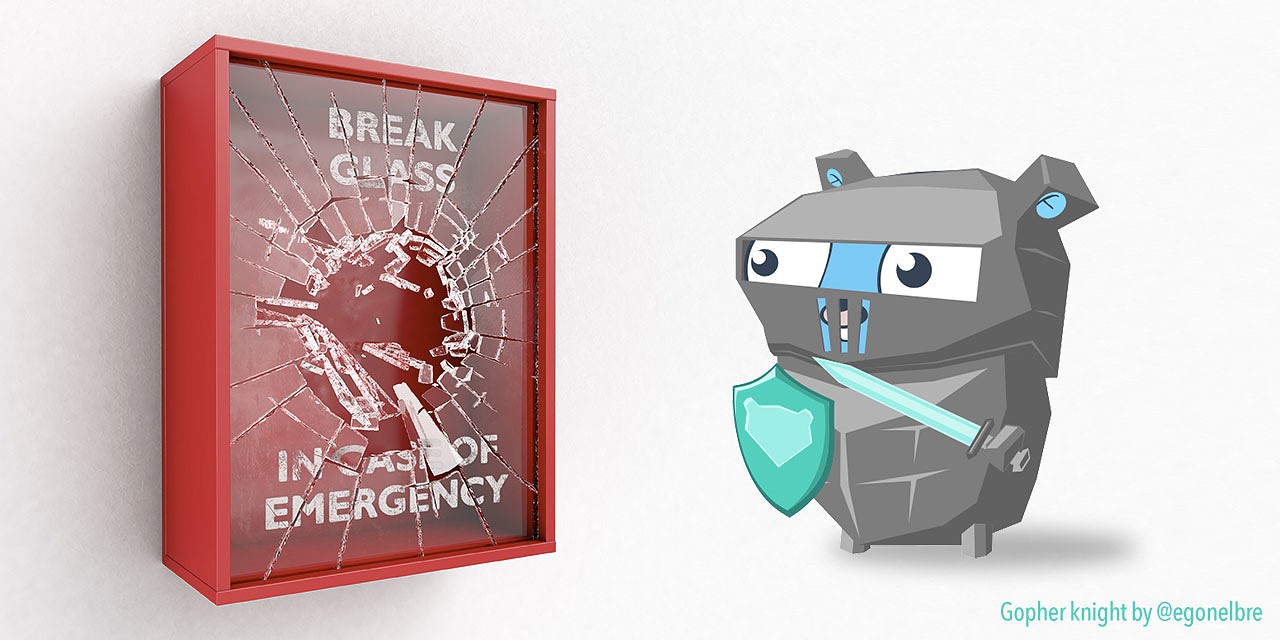#289 — November 22, 2019 |
Golang Weekly |

|
|
Go’s 'Features of Last Resort' — A ‘feature of last resort’ is a language feature that solves an otherwise hard-to-solve problem but is best avoided if possible (think Martin Tournoij |
|
Take the Go Developer Survey 2019 — The core team are very keen for as many gophers as possible to take this 15 minute survey to help them get feedback on the language we all know and love. Fill it out and help Go evolve in the future. P.S. If they ask you to recommend a Go news source, you know what to say(!) 😄 Go Team |

What Did You Ship Last Quarter? — Automatically generate editable, searchable release notes with every pull request. Next Release provides a dashboard of release notes across every project. With Github and Slack integration, share your releases across effortless in your organization. Next Release sponsor |
|
Beating C with 70 Lines of Go — Ajeet D'Souza |
|
cli 2.0: A Fast Way to Build Go CLI Apps — A long standing library that’s sprung back into life this year. Here’s the v2 manual which shows off all the main features. Jeremy Saenz and Contributors |
|
Google App Engine Now Offers a Runtime for Go 1.13 — It's in beta but brings App Engine into the module based world and "users are broadly reporting decreases of 20% - 50% in memory footprint." Google Cloud Platform |
💻 Jobs |
|
Are You a Go Developer? Stream Has a Job for You — Stream is looking for a talented Go developer with a passion for building scalable infrastructure. Apply now. Stream |
|
Cloud Platform Engineer - Kubernetes, Cloud Foundry, BOSH — Accelerate your experience & build products that help developers to ship software faster. anynines |
|
Find a Job Through Vettery — Make a profile, name your salary, and connect with hiring managers from top employers. Vettery is completely free for job seekers. Vettery |
📘 Articles & Tutorials |
|
Rebel Go: Forking Phil Pearl |
|
Building a Go Package That Annotates Errors with Stack Traces — A nice exercise in creating custom errors. Komu Wairagu |
|
Reactive Planning and Reconciliation in Go — Something that’s easier to show than explain, but essentially this is a post about control theory and the idea of code and systems being resilient to gaps between reality and the desired state of a system. Gianluca Arbezzano |
|
API Distribution Made Simple — Add your API to the fastest growing developer communities with one integration. Manifold sponsor |
|
Go As Glue: JSON + XML + PNG = PDF — A bit of a different use case for Go: collecting a bunch of card images and printing them to PDF. David Golden |
|
How We Compiled a Go Database (TiDB) in the Browser Using WebAssembly — I’m still convinced Go has a very strong future in the WebAssembly and this article on how getting TiDB into the browser was even possible is only convincing me more. Joshau Zhou |
|
Computational Reproducibility: Some Challenges — Rob talking about something called the “Ten Years Reproducibility Challenge” where you run your code from 10 years ago and, I dunno, cringe? This leads to how Go makes guarantees about compatibility and that’s not going to change. Rob Pike |
🛠 Code & Tools |
|
gothanks: Automatically Star Your psampaz |
|
BadgerDB v2.0 Released — Badger is the Go-powered key-value store that powers much of DGraph’s capabilities. DGraph |
|
Echo: A High Performance, Minimalist Web Framework — A framework aimed at building REST APIs complete with a router, middleware framework, HTTP/2 support, and more. LabStack LLC |
|
Measure and Improve Go Code Performance With Blackfire.io Blackfire.io sponsor |
|
Fastzip: A Performance-Focused Arran Walker |
|
musig: A Go Implementation of a Shazam Like Music Identification Tool — For all of you that want to host your own Shazam-like service for identifying music from audio samples, listen up! Sami Tabet |
|
Pigo: A Pure Go Face Detection Library — We’ve linked this a couple of times this year, but the progress has been impressive. v1.4 has added WebAssembly support so it can now be used for face detection on the front-end too. Endre Simo |